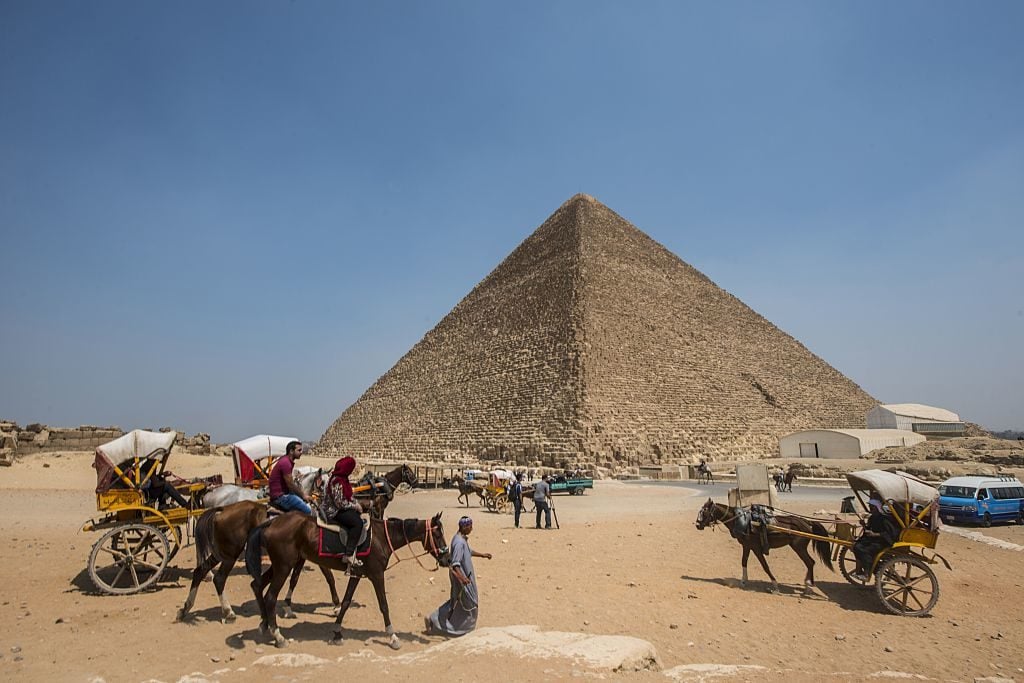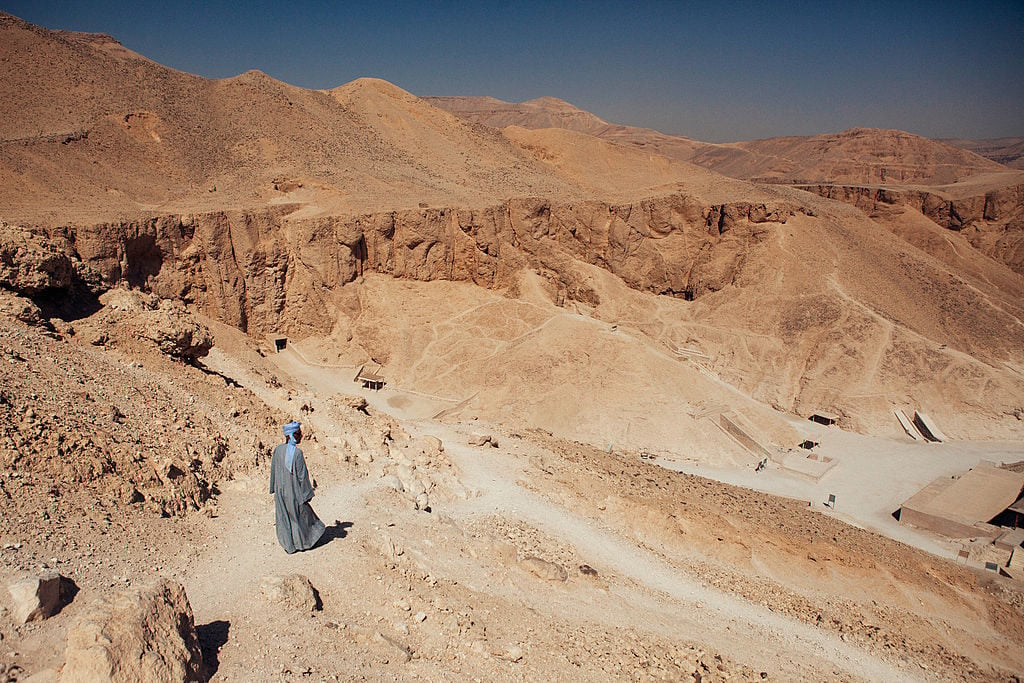Art World
Drop in Tourism Hinders Restoration Efforts in Egypt
Even the Great Pyramids and King Tut's mask struggle to draw tourists.

Even the Great Pyramids and King Tut's mask struggle to draw tourists.

Alyssa Buffenstein

Egyptian museums are struggling to keep their heritage alive, as drops in revenue from tourism make it increasingly difficult to allocate funding to excavation, preservation, and exhibition efforts.
From 2010—the year before Egypt’s revolution and the overthrow of President Hosni Mubarak—to 2015, the number of tourists to the country has dropped by more than 15 million to 6.3 million, with revenue from ticket sales to historic sites dropping from $220 million to just $38 million, AFP reports.
An unstable economy means the government has little to offer in terms of financial support to Egyptian monuments and antiquities, which require close to a total of 40,000 workers, from Egyptologists to technicians, to maintain. Funding from private patrons continues to stream in, but cannot make up for the lack of government money available.
It means that institutions like the Egyptian museum in Cairo’s Tahrir Square, housing treasures from the pharaonic era like the famed gold mask of King Tut, among around 160,000 objects covering a 5,000 year history, have been forced to get creative to stay afloat. The museum stays open late and offers annual passes to encourage locals to visit more often.

A custodian of the Valley of the Kings in Luxor, home to the tomb of Seti I, stands on a hill overlooking the valley in October 2013, when tourist numbers had already begun to drop. Photo by Ed Giles/Getty Images.
Some experts are calling for the opening of more sites that were previously closed to the public. In Luxor, for example, the Ministry of Antiquities opened the tombs of Nefertari and Seti I as of November 2016 to private groups, for a price of around $1100 for a tour, accommodating up to 20 people.
Tightened budgets mean postponing some excavations, while prioritizing restoration. Even still, explains Egyptologist Fayza Haikal, sometimes only the minimum can be done just to keep artifacts in a proper state.
“It’s catastrophic,” she tells AFP.
In Giza, near the great pyramids, the $550 million Grand Egyptian Museum—which has been in the works since 1992, according to Al Monitor—is nearing completion, containing around 100,000 archaeological artifacts. The museum is set to open, at least partially, in 2018. The project was reportedly marketed during the 1990s as a means of reviving tourism, and perhaps its delayed opening can finally help to do just that, at a time when the country needs it more than ever.